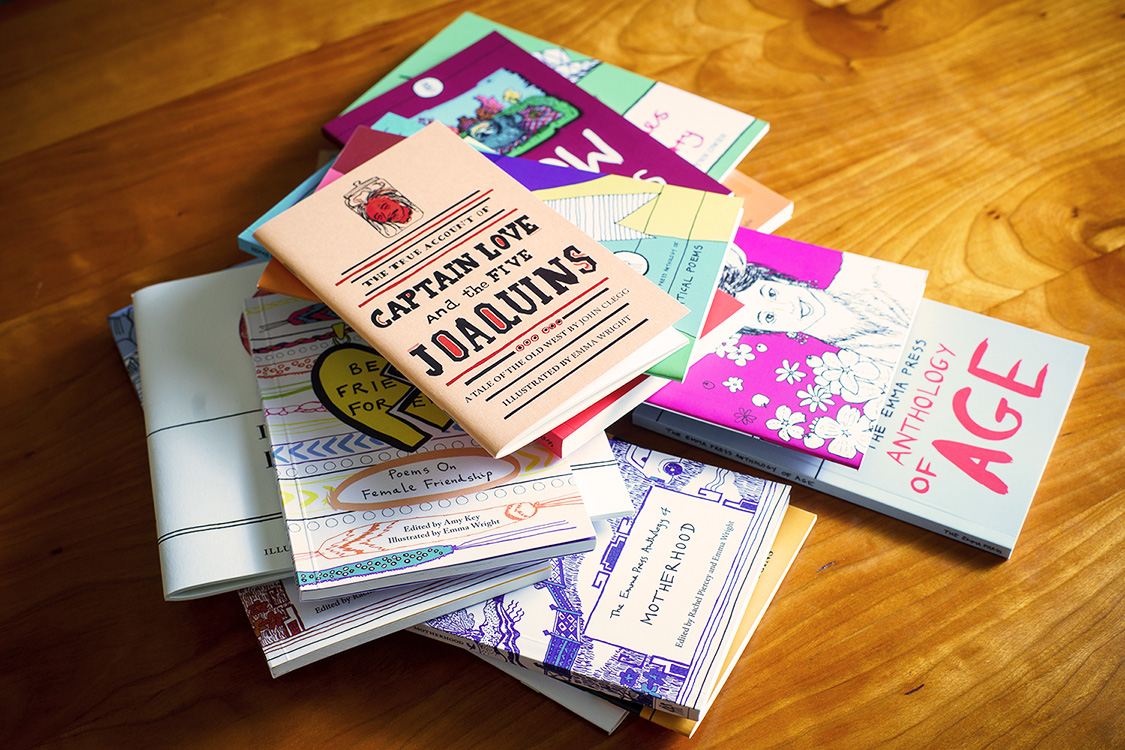‘Count from Zero to One Hundred’ by Alan Cunningham
-Reviewed by Nick Sweeney–
In Count from Zero to One Hundred, Alan Cunningham opens windows into a life in transit, into a mind that is only at times happy with the distortions and indecisions it produces. It is an interrupted life, with repetitions doomed not to reach any fruition, though there is sometimes a sense of conclusions that may, or may not, have occurred. An un-named, male narrator moves around in a seemingly purposeless world of events or non-events. There are liaisons with sketchily-drawn women, evenings out, meetings with friends that are shadowy in form, and, adding to the fluidity, trips to different countries. He seems to get a low-key sense of satisfaction from this life: as the narrator rarely commits to this, it is sometimes difficult for the reader to do so. However, life is like that, so there is a real sense of true realism – not novelistic ‘realism’.
The narrator is physically disabled, but this is not a ‘disability issues’ book. He is not a ranter, which makes this aspect of his sketches intriguing and readable; his disability is not denied or ignored, but it is a part of him that he adapts to everyday life – as he must, and as his friends must, if they are to be part of his life. If there is a message about disability, it is that disabled people are like non-disabled people in most respects, and whereas it would be trite to spell this out directly, it is still, unfortunately, a message that many of us need to be reminded of.
The book description cites ‘traces of Beckett and Joyce’, and I did indeed catch the occasional sense of cheerful despair associated with Beckett. The sketches reminded me more of the very short stories of Kafka, which appear to fizzle out without the little jolt of epiphany (of which too much is sometimes made) in Joyce’s short stories. Robert Walser’s Berlin stories also come to mind. The form of the book, in which some chapters are only a paragraph, a few lines or, finally, a single short sentence, made me think of Richard Brautigan. However, I wasn’t always convinced that such a form was necessary – there is a bit of ‘art for art’s sake’ in the layout.
I think, in describing the book as a novella, the publishers or author are setting up expectations that may be disappointed. Cunningham states in his introduction:
I decided to start writing every day about myself and my body in a contemporary and much more instantaneous and instinctive style.
So is it a novella, or life writing? The two are distinct forms. I don’t mind the crossover of forms and, therefore, the aim and motives of the work. The disclaimer deals with this wittily, talking of a ‘resemblance to actual events or locales or persons, living or dead’ being ‘perhaps entirely coincidental, but then again, perhaps… not’. Cunningham uses opposites in this way throughout the text. Some acts are ‘seen, unseen, imagined, unimagined’; he feels strong, and at the same time weak; we are given an intro to ‘the story of another’, described later on the page as ‘not the story of another’. This creates a dissonance that is unsettling, sometimes, but Cunningham puts these awkward feelings very eloquently.
At one point, as if sensing the reader’s unease, he writes:
I’m thinking of a proper story for you now, I realise you are tiring, you need to be entertained, something will occur to me, patience, patience.
He keeps this promise with some short third-person narratives out of the blue, featuring celebs like Zadie Smith and Charlie Sheen and what they might be thinking as they go about the mundanities in their lives – the Charlie Sheen one is a treat. Despite the promise, they are incongruous, but I’m glad they are there.
I thought the prose was at its best when the inward-thinking passages were abandoned for more direct scenes of people occupied, such as the scene in Berlin’s former Hungarian embassy, now a bar, and a vignette on the U-Bahn, in which a friend discovers that ‘one could easily utilise the windows of the train as a mirror’ – beautiful! – or the photographic exhibition organised, on a whim, by the narrator.
He often uses the second-person tense. In the wrong hands, it makes everything mawkish. Cunningham turns it on its head, however, and the second-person ‘you’ stands for the ‘I’ of first-person:
As you begin to feel that you are sleeping, you think: in that strong land your mind is seen as a deformity, but your mind is clear, you are not lying and your body can never be untruthful.
This device brings out a natural way of thinking and talking, and therefore puts over the ideas more gently, less self-consciously. It can also be ambiguous. The ‘you still hate yourself’ passage late in the book could be about the narrator, but it could also be about any reader who identifies with it.
Characters and events are introduced without unnecessary fanfare, thus we suddenly hear about ‘Martin’ and ‘the birthday party’. I prefer this to ‘a friend…’ or ‘a man called…’, etc, and we don’t really need to know details about the party. Great economy.
The cities featured in the description are, like many of the characters, rendered sketchily. While I hate reading fiction that is disguised travelogue, I think, if the back cover is going to make so much of it, there should be more of a flavour present. I didn’t get much sense of London, Dublin or Budapest in the book – all cities I know well. Strangely enough, the one I saw most clearly was Berlin, and I’ve only ever been there twice, for short periods – yet I can say that Cunningham shows it with great accuracy.
He invites us all into these experiences, reminding us of times when we have been in exactly the same situations. You don’t need to be disabled – and it probably doesn’t help with this book – to go through the doubts, fears and stop-start frustrations of everyday life, and it’s not essential to be ‘able-bodied’ to take part in life’s little triumphs.





Pingback: Saboteur Awards 2013: The Shortlist | Sabotage
Pingback: Friday 12 April, 2013 | Slow Travel Berlin
Pingback: Saboteur Awards 2013: Fiction | Sabotage